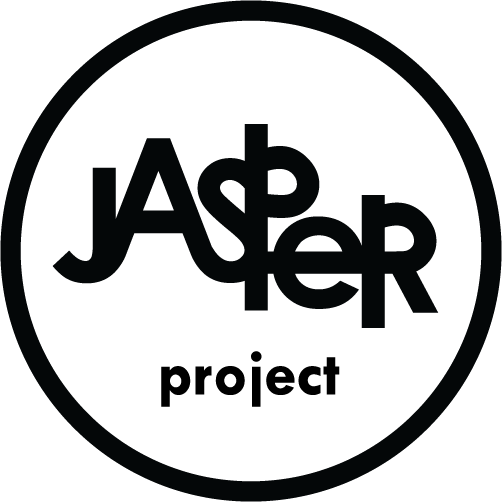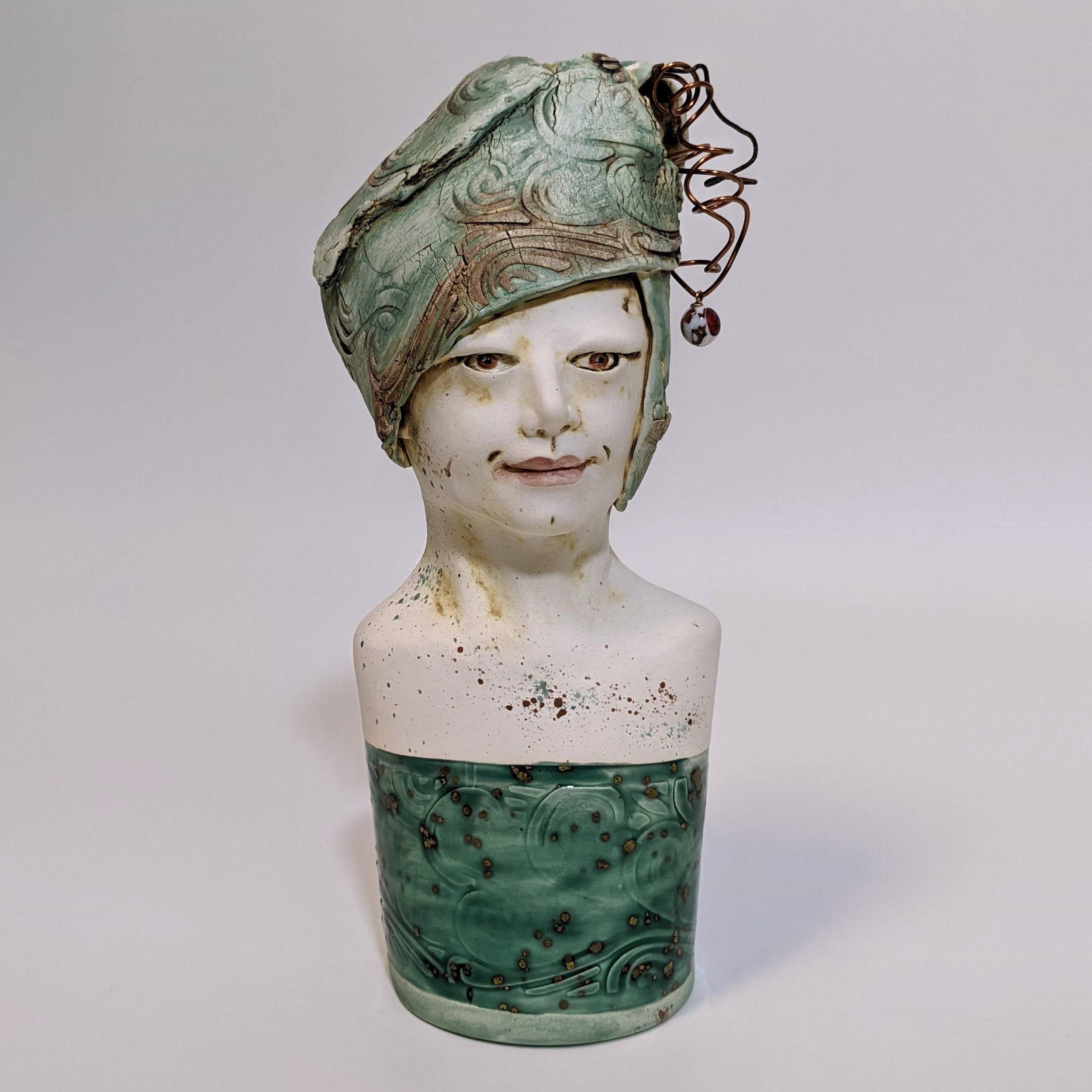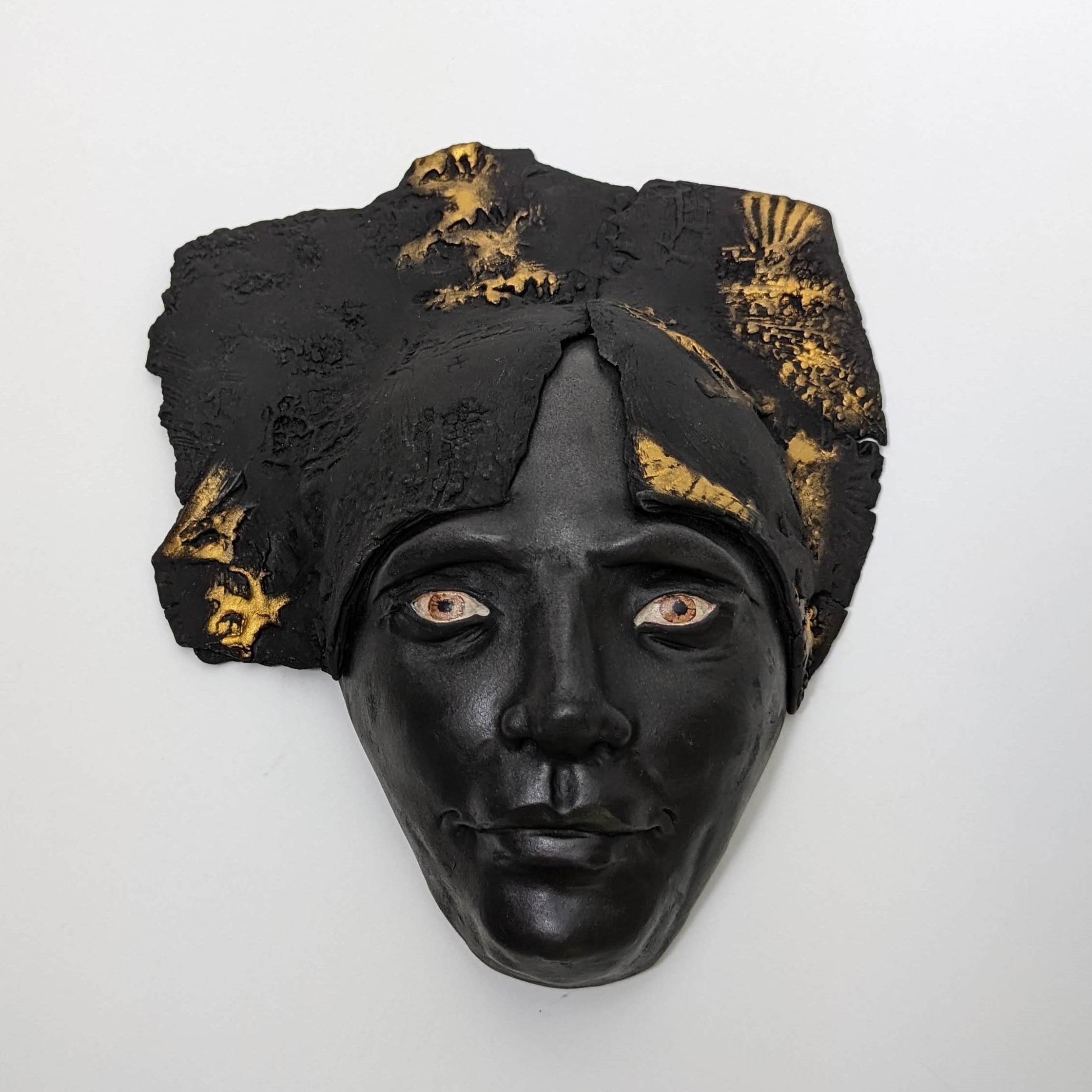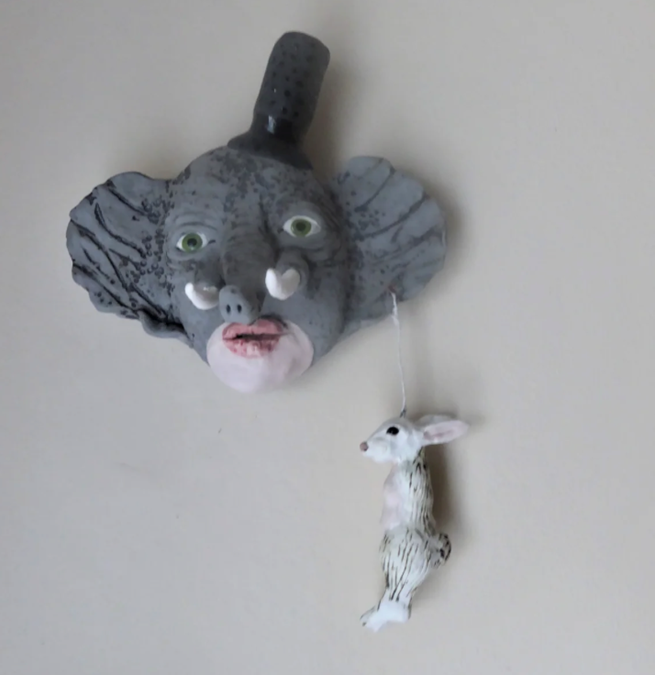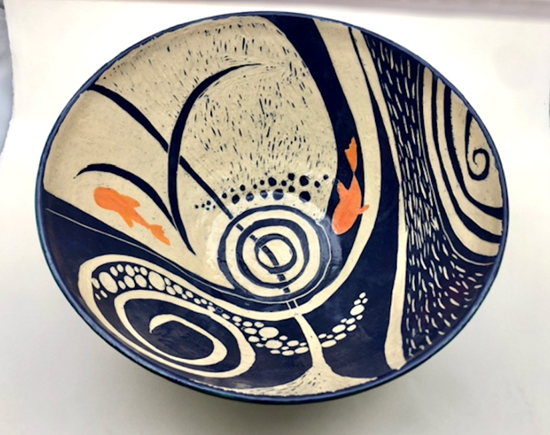Last year, Jasper had its first Tiny Gallery Ornament Show, and this year we’re doing it again with five artists across disciplines. From ceramics to acrylic to trolls, these handmade works make a perfect gift or addition to your own holiday decorations.
Check out our lineup and mark your calendars for when their work goes on sale December 1st!
Adam Corbett
Photo by David Russell Stringer
Adam Corbett is a multi-instrumentalist, singer-songwriter, and visual artist from Lexington, South Carolina. After releasing numerous records, helping to produce a musical, and taking a break from his career as a music teacher, Adam branched out into visual art as a way to cope with the COVID-19 lockdown. Throughout that period, he has experimented with various mediums in a variety of formats focusing always on exploration, play, and following his muse.
Tennyson Corley
Tennyson Corley is a contemporary artist from the heart of South Carolina. Her current work is what she describes as "ceramic illustration." Sculptural story-book creatures with a healthy dose of Beatrice Potter and Orwellian Animal Farm influence, each with their own, at times, humorous back story.
You can check out her work on Instagram @tennyson_corley_art and on her website: https://www.tennysoncorleyart.com/
Michael Krajewski
Michael Krajewski is a self-taught artist who has shown in numerous galleries, collaborated on large, commissioned pieces for museums, painted live at art events and been the subject of magazine and newspaper profiles. He was Jasper Magazine’s first centerfold in 2011. His style has been called neo-expressionist and compared to Jean-Michel Basquiat's, though Krajewski says he is less interested in defining, more interested in producing. He’s had solo shows at the HoFP Gallery, Frame of Mind, and Anastasia & Friends in Columbia, SC, and participated in a two-person show at the Waterfront Gallery in Charleston and in a group show at 701 Whaley.
Holly Rauch
Holly has always had a creative streak, starting as a child sketching characters from the Sunday comics, and enjoying cross-stitch needlework and paper crafts as an adult. Her recent interest in acrylic painting began by attending “paint parties” with friends. With no formal art education but wanting to learn more, she used online tutorials to teach herself dot art, palette knife work, fluid acrylics, one-stroke, and other acrylic techniques. She’s most enthusiastic about abstract designs, but also enjoys painting landscapes, scenes of nature, flora, and fauna. In 2006, Holly lost her only child, Lyssa, to cancer. Lyssa was 20 years old and a sophomore at Winthrop University in Rock Hill SC, studying technical theater when she passed away. The Lyssa Rauch Memorial Scholarship was established in Winthrop’s Department of Theater and Dance, funded entirely by private donations. But when the scholarship experienced financial difficulties, Holly decided to start selling her art and use her hobby to benefit a worthy cause. Now the proceeds from the sale of Holly’s art directly funds this scholarship. A $1,000 award is presented each spring to a rising 4th or 5th year student, keeping Lyssa’s memory alive, and helping future artists follow their own passions in the arts. Holly is a member of the Cayce Arts Guild. She lives in Lexington SC with her husband Todd Leger, Alexandra the Golden Retriever, and three crazy cats: Jaime, Tyrion, and Cercei. You can view Holly’s entire body of work at her Facebook page “Heartisan Love”: htps://www.facebook.com/HeartisanLove
Lucas Sams
Lucas Sams is an award-winning Columbia, SC multi-media artist working in painting, sculpture, film, digital/multimedia, and installation art. Sams works have been exhibited locally and regionally in major art festivals, galleries, and alternative spaces, and featured in Jasper Magazine, the SC State Newspaper, Garnet and Black Magazine, and the Timber Journal of the University of Colorado, Boulder.
